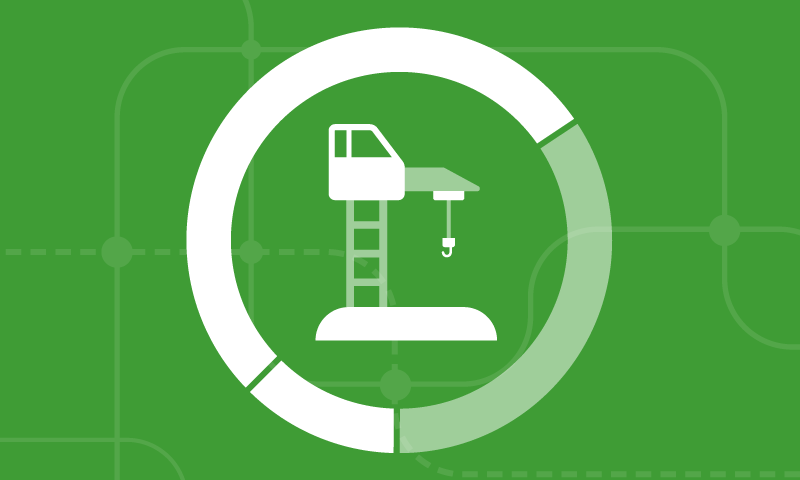To ride out the supply chain crisis businesses need to get to know every element of their supply chain, the risks at each level and how to manage them.
Our experts have put together some practical points to help you manage your suppliers through this unprecedented time and help keep your supply chains strong, sustainable and resilient.
Adapting decision making
Traditional hierarchical leadership can lead to delays in decision making. Long chains of command mean missed opportunities to secure material when it’s available. A way to counteract these delays is with decision-making authority at multiple levels, or self-directed operational units. Moving leadership closer to the action means setting lower-level goals and tactics. These must be aligned with global (strategic) objectives to avoid cutting across them. This is often a significant culture change for organisations and a great deal of trust is required between management and teams. Difficult as it is, it is a key enabler.
Local decision making
The long supply chains created over the last few decades have removed huge amounts of the risks that were routinely accepted a generation earlier. We need to encourage more localised decision making and risk-taking under controlled circumstances and within a robust governance process.
Intelligent inventory management
Using data, technology and advanced forecasting tools to manage buffers up and down the supply chain must become the norm. Variables in play at every stage of the process need to be properly understood and actively managed.
Bigger stock policies
Businesses need to go back to their risk tables and begin to price in disruption costs and hold sufficient inventory to cover the costs, financial and reputational, of a stock out.
Adding value
Businesses need to go back to their risk tables and begin to price in disruption costs and hold sufficient inventory to cover the costs, financial and reputational, of a stock out.




The Real Economy









